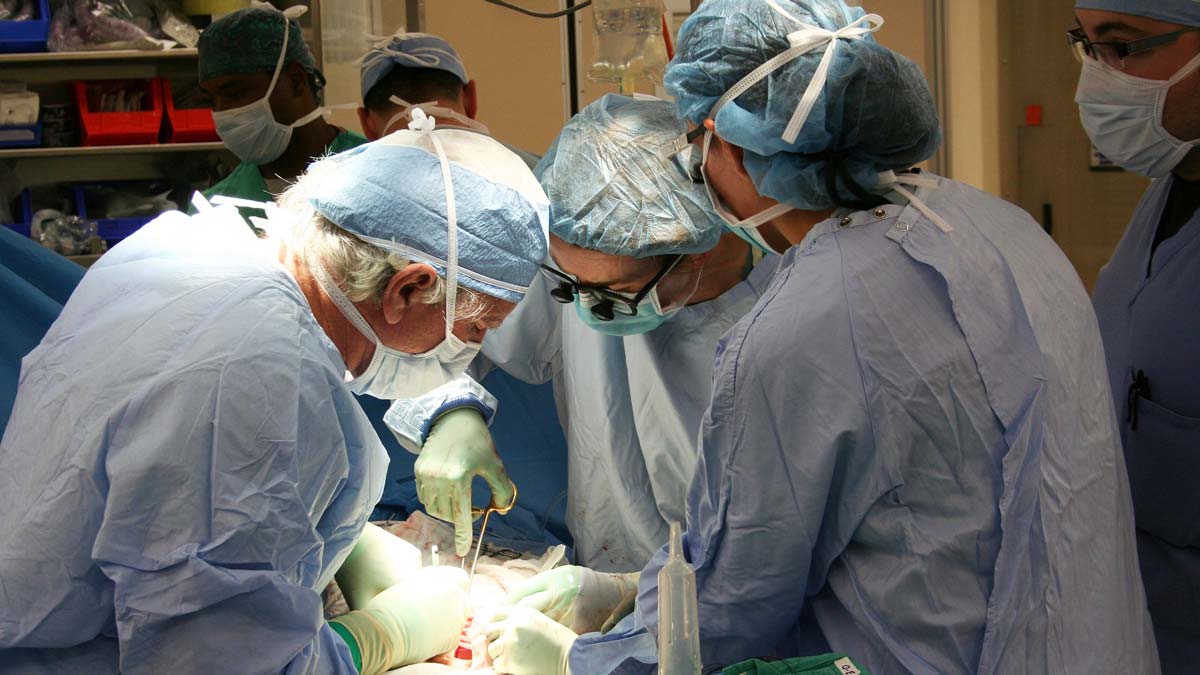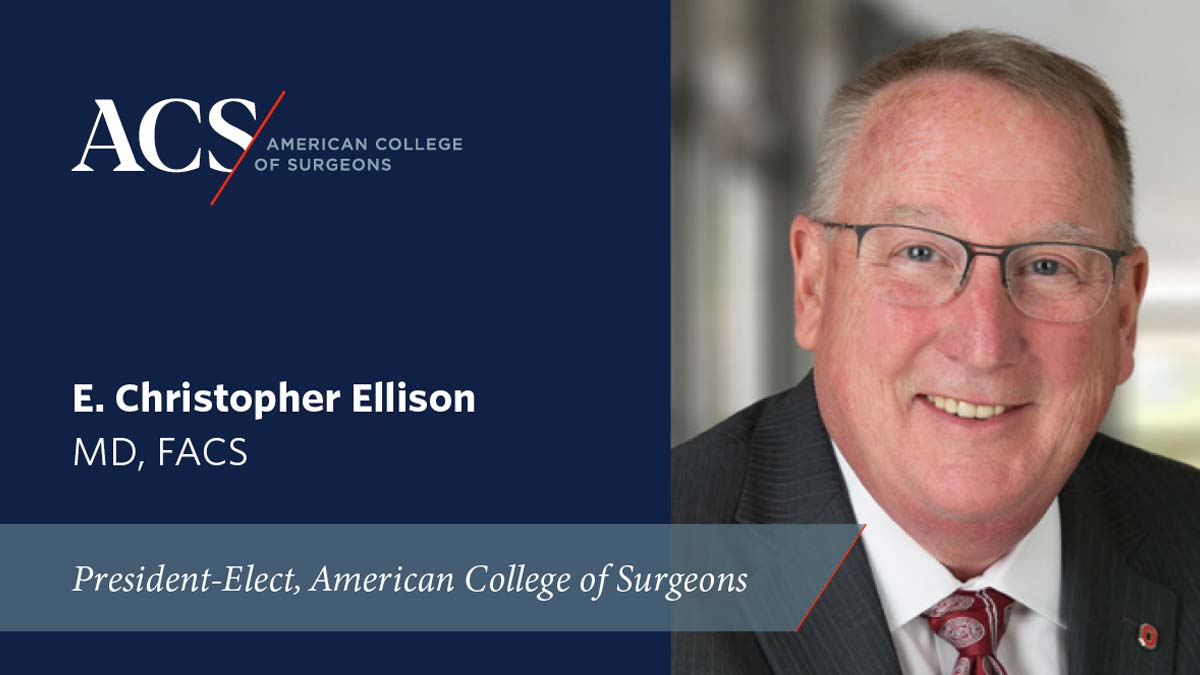Intracorporeal tissue engineering at Ohio State paves way for new therapies
An interdisciplinary team of experts across the country is working together to develop technology that may soon transform tissue engineering (TE) from an open surgery implantation into a minimally invasive procedure.
Ohio State University thoracic surgeon Desmond D’Souza, MD, and David Hoelzle, PhD, in the Department of Mechanical and Aerospace Engineering, are leading the study, which is funded by the National Science Foundation and The Ohio State University. Pairing experts in robotic surgery, biomaterials and commercialization, the partnership aims to advance the commercial viability of intracorporeal TE and provide a model for training surgeons and trainees in the method.
TE is a technology for reconstructing diseased or damaged tissues without the need for grafts from the patient or donors. Researchers have been printing TE constructs using biomaterials ex vivo in labs for more than a decade, but the process is cumbersome and time-consuming—constructs must first be evaluated for research or clinical use and then implanted using open surgery methods. This presents not only the normal risks associated with open surgery but also the added risk of complications associated with implanting lab-built TE constructs via invasive, open surgeries. Currently, there is no way to build TE constructs in the body using minimally invasive techniques.
This new study combines the minimally invasive robotic surgery approach with 3D printing to create a device that would print intracorporeally, or “inside the body,” and deliver customized, synthetic tissues directly into the surgical or defect site. This new, minimally invasive technique promises to transform TE, eliminating the problems that can occur with open surgical methods and opening the door for myriad new treatments.
The team’s first aim is to study the mechanical and cellular viability of the biomaterial system that they developed and form a “characterization” of the properties of this new class of biomaterials. A second aim will define the surgical techniques to be used in a case study of hiatal hernia repair using intracorporeal TE.
Based on lessons learned during entrepreneurship development activities, expert feedback and application needs, the team will also “iterate” on the endoscopic additive manufacturing (AM) technology they developed to precisely deliver and build biomaterials through “keyhole” surgical sites in patients. The long-term goal is to develop this innovative endoscopic AM instrument for commercial markets and establish an entrepreneurial training program in the use of this technology for practicing surgeons and students alike.
Partners working with various aspects of the study include Ohio State’s Center for Innovation and Entrepreneurship, Center for Design and Manufacturing Excellence, and Technology Commercialization Office; UCLA’s Center for Minimally Invasive Therapeutics; Intuitive Surgical Inc., a global leader in the rapidly growing field of robotically assisted, minimally invasive surgery; and Nanofiber Solutions, a medical device company aimed at delivering scaffolds for organ and tissue regeneration.



